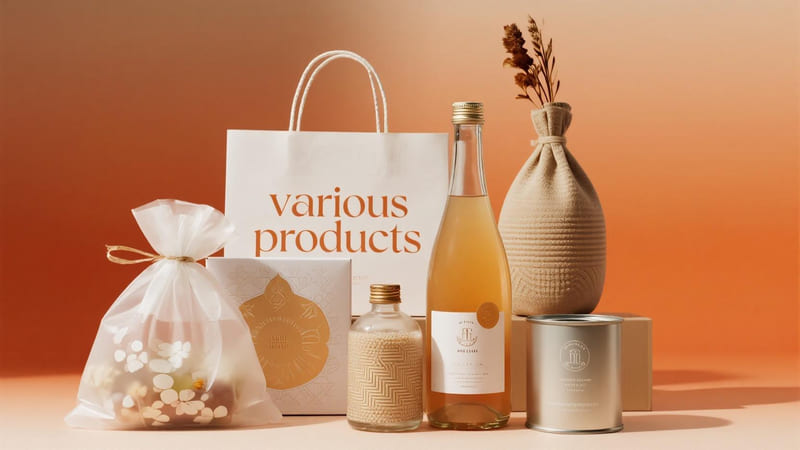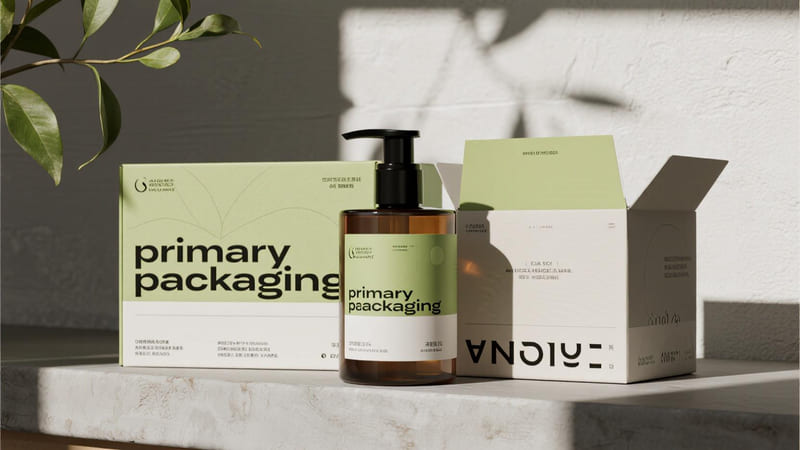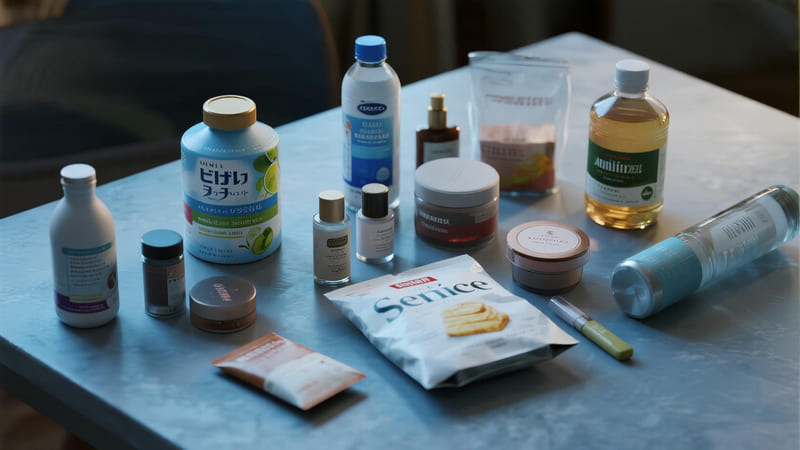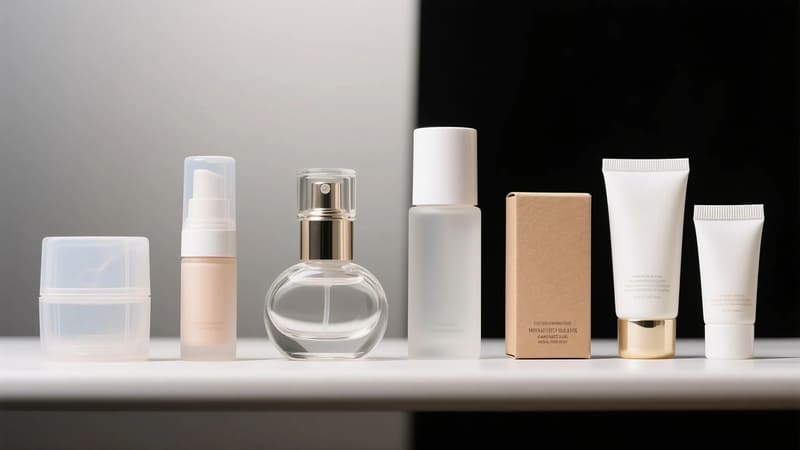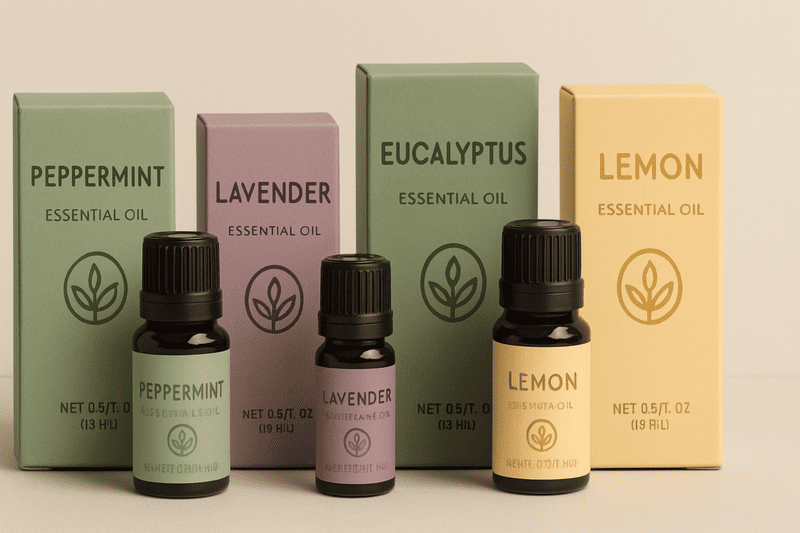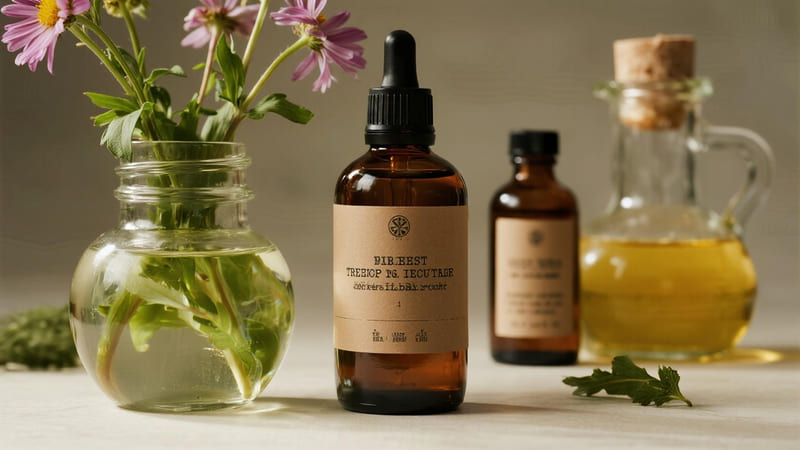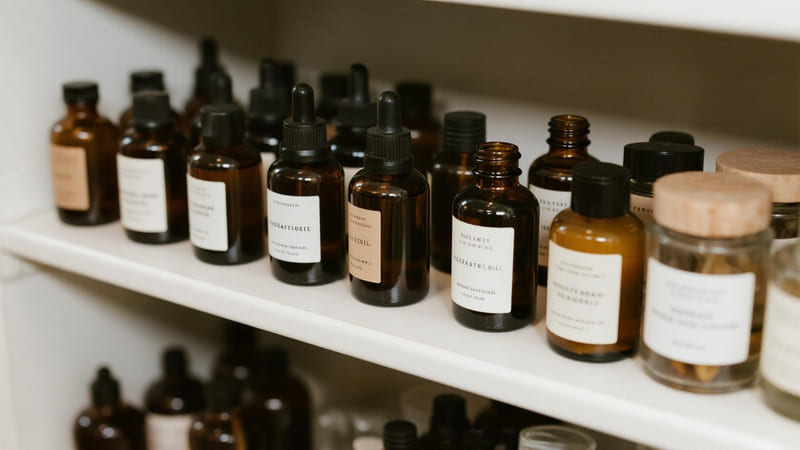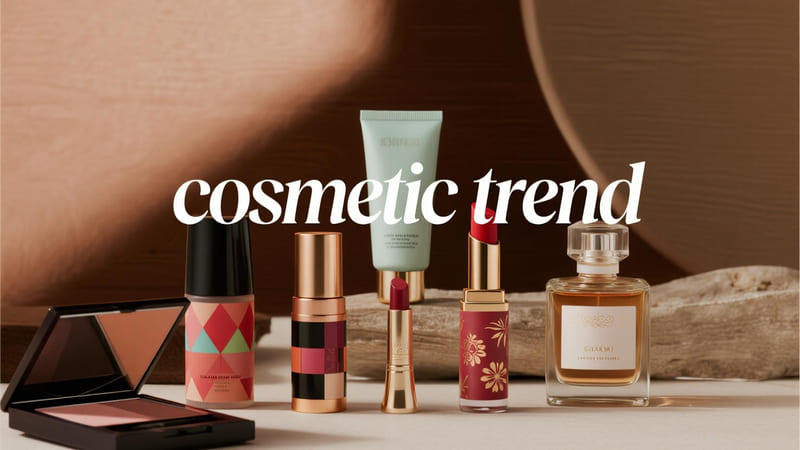The world of packaging is vast and diverse, utilizing a wide array of products and materials to protect, contain, and promote goods. These "products" can be categorized into raw materials, converted packaging, and ancillary items that all come together to create a final package.
The different types of products used for packaging include primary containers (bottles, jars, tubes, pouches), secondary packaging (boxes, cartons, sleeves), tertiary/transit packaging (shipping cartons, pallets, stretch wrap), and ancillary/consumable products (labels, adhesives, tapes, closures, cushioning materials). These are all made from core materials like plastic, paper, glass, and metal.
Understanding these different products is key to comprehending the entire packaging ecosystem. As a manufacturer with ShineTop, we produce many of these items, from primary cosmetic containers to secondary boxes, and we rely on various ancillary products to complete our clients’ packaging solutions. Let’s break down the different categories.
What are the Different Types of Product Packaging?
Product packaging is often categorized by its level or its relationship to the product it contains. This helps define its primary function in the journey from manufacturer to consumer.
The different types (or levels) of product packaging are: 1. Primary Packaging (in direct contact with the product), 2. Secondary Packaging (groups primary packages together, often for retail), and 3. Tertiary Packaging (used for bulk handling, storage, and shipping).
These three levels form the standard hierarchy of packaging.
The Three Levels of Packaging:
-
Primary Packaging:
- Definition: The packaging that directly touches or holds the product. It is the first layer of containment.
- Purpose: To protect the product from contamination, preserve its integrity, and provide a means of dispensing or use.
- Examples:
- The bottle containing a beverage or lotion.
- The can holding soup or soda.
- The wrapper on a candy bar.
- The jar containing face cream.
- A blister pack holding pills.
- A vacuum-sealed pouch for coffee.
-
Secondary Packaging:
- Definition: The packaging outside the primary packaging, used to group one or more primary packages together. It’s often the unit a consumer purchases at retail and is a key branding vehicle.
- Purpose: To provide additional protection, facilitate retail display (e.g., on a shelf), communicate brand and product information, and group products for sale.
- Examples:
- The paperboard box containing a bottle of perfume.
- A 12-pack cardboard carton for beer or soda cans.
- A shrink-wrapped tray holding multiple yogurt cups.
- A display-ready box for candy bars at a checkout counter.
-
Tertiary Packaging (Transit or Transport Packaging):
- Definition: Packaging used to bundle secondary packages (or sometimes many primary packages) for efficient and safe handling, storage, and transportation through the supply chain.
- Purpose: To protect goods during shipping, prevent damage, and allow for easy handling with machinery like forklifts.
- Examples:
- Large corrugated cardboard boxes (master cartons or shippers) containing multiple retail boxes.
- Stretch-wrapped pallets that unitize many cartons for shipment.
- Wooden crates or large plastic totes.
What are the Products Used in Packaging?
This question refers to the specific items and consumables that make up the packaging itself. These are the tangible "products" that packaging manufacturers produce and that brands purchase.
Products used in packaging include a wide range of items such as bottles, jars, cans, tubes, pouches, bags, folding cartons, rigid boxes, labels, closures (caps, lids, pumps, sprayers), tapes, adhesives, cushioning materials (bubble wrap, foam, air pillows), strapping, and stretch film.
These products can be grouped into several functional categories:
- Rigid Containers:
- Bottles (glass, plastic)
- Jars (glass, plastic)
- Cans (metal)
- Tins (metal)
- Compacts (plastic)
- Drums & Pails (metal, plastic)
- Flexible Packaging:
- Pouches (stand-up, flat)
- Bags (paper, plastic)
- Sachets
- Films & Wraps (stretch wrap, shrink wrap, food films)
- Paperboard Packaging:
- Folding Cartons (retail boxes)
- Rigid Boxes (luxury set-up boxes)
- Corrugated Boxes (shipping cartons)
- Sleeves & Bands
- Closures & Dispensers:
- Caps (screw, flip-top, disc-top)
- Lids
- Pumps (lotion, spray, foam)
- Sprayers (fine mist, trigger)
- Droppers
- Ancillary & Consumable Products:
- Labels (paper, film)
- Adhesives & Glues
- Tapes (sealing, packing)
- Cushioning (bubble wrap, air pillows, foam inserts, molded pulp)
- Strapping (plastic, metal)
- Inserts & Dividers (paperboard, corrugated)
At ShineTop, our main "products" are primary containers like cosmetic bottles and jars, and secondary packaging like custom cosmetic boxes.
What are the Different Types of Packaging Materials?
All packaging products are made from a core set of materials. Understanding these materials is fundamental to understanding packaging itself.
The different types of packaging materials are broadly categorized into four main groups: 1. Plastics (e.g., PET, HDPE, PP, LDPE), 2. Paper & Paperboard (e.g., Kraft, SBS, corrugated), 3. Glass (e.g., soda-lime, borosilicate), and 4. Metals (e.g., aluminum, steel/tinplate). Bio-based and composite materials are also growing categories.
Each material has unique properties making it suitable for different applications.
The Main Material Categories:
-
Plastics:
- Why Used: Lightweight, versatile, durable, cost-effective.
- Examples: PET for clear bottles, HDPE for sturdy jugs, PP for jars and caps, LDPE for flexible films and tubes.
- Sustainability: Recyclability varies by type; push towards PCR (Post-Consumer Recycled) content.
-
Paper & Paperboard:
- Why Used: Excellent printability, lightweight, renewable (if sourced well), recyclable, versatile for boxes.
- Examples: Corrugated board for shipping, SBS paperboard for retail boxes, Kraft paper for bags and wraps.
- Sustainability: High recycling rates; FSC certification ensures responsible sourcing.
-
Glass:
- Why Used: Premium feel, inert (doesn’t react with contents), excellent barrier, transparent, infinitely recyclable.
- Examples: Bottles for beverages and perfumes, jars for food and cosmetics.
- Sustainability: Highly recyclable, but heavy (higher transport emissions).
-
Metals:
- Why Used: Excellent barrier, strong, durable, highly recyclable.
- Examples: Aluminum for beverage cans and tubes, steel/tinplate for food cans.
- Sustainability: High recycling rates and significant energy savings when using recycled metal.
-
Other Materials:
- Wood: For crates, pallets, luxury boxes.
- Composites: Multi-layer materials (e.g., liquid cartons like Tetra Pak) that combine paper, plastic, and aluminum.
- Bio-based/Compostable Materials: PLA, PHA, molded pulp, etc.
What are the 7 Functions of Packaging with Examples?
Packaging serves multiple critical functions beyond just holding a product. A comprehensive view often includes seven key roles that ensure a product is delivered safely, effectively, and successfully to the consumer.
The 7 functions of packaging are: 1. Containment, 2. Protection, 3. Convenience, 4. Communication, 5. Promotion (Marketing), 6. Security, and 7. Apportionment. These functions work together to support the product throughout its lifecycle.
Let’s explore each function with examples:
-
Containment:
- Function: The most basic function – to hold the product securely and prevent it from spilling or leaking.
- Example: A bottle contains shampoo; a bag contains potato chips; a jar contains face cream.
-
Protection:
- Function: To safeguard the product from physical damage (impact, vibration), environmental factors (light, moisture, oxygen), and contamination (dust, bacteria).
- Example: A corrugated box protects electronics during shipping; an amber glass bottle protects a light-sensitive serum; a vacuum-sealed pouch protects coffee from oxygen.
-
Convenience (Utility):
- Function: To make the product easier to handle, transport, store, open, and use.
- Example: A resealable zipper on a food pouch; a pump dispenser on a lotion bottle; a microwave-safe tray for a ready-meal; stackable box designs.
-
Communication (Information):
- Function: To provide essential information to consumers and supply chain partners.
- Example: An ingredient list and nutritional facts on a food box; dosage instructions on a medicine carton; a barcode for retail scanning; handling symbols on a shipping carton.
-
Promotion (Marketing & Attraction):
- Function: To attract consumer attention, communicate brand identity, and persuade customers to purchase. It’s the "silent salesperson."
- Example: Vibrant graphics on a cereal box; an elegant, foil-stamped perfume box that conveys luxury; a unique bottle shape that becomes a brand icon. My client Mohammed from Iraq relies heavily on this function for his custom gift sets.
-
Security:
- Function: To prevent theft or ensure the product has not been tampered with before purchase.
- Example: A tamper-evident seal on a jar lid; a plastic shrink band around a bottle cap; anti-theft electronic tags integrated into packaging.
-
Apportionment (Portion Control):
- Function: To divide the product into convenient, pre-measured quantities for single use or controlled dosing.
- Example: Single-serving coffee pods; individual yogurt cups; blister packs with daily doses of medication; single-use cosmetic sample sachets.
A single package, like a well-designed cosmetic box from ShineTop, performs many of these functions simultaneously: it contains and protects the primary bottle, communicates brand and product info, promotes the product on the shelf, and provides convenience for the consumer.
Conclusion
The products used for packaging are a diverse ecosystem of containers, boxes, closures, and consumables, all crafted from core materials like plastic, paper, glass, and metal. These products are designed to fulfill the critical functions of packaging—from basic containment and protection to sophisticated promotion and convenience. By understanding the different types of packaging products, materials, and their functions, brands can make informed decisions to create solutions that are effective, appealing, and successful in the marketplace.

